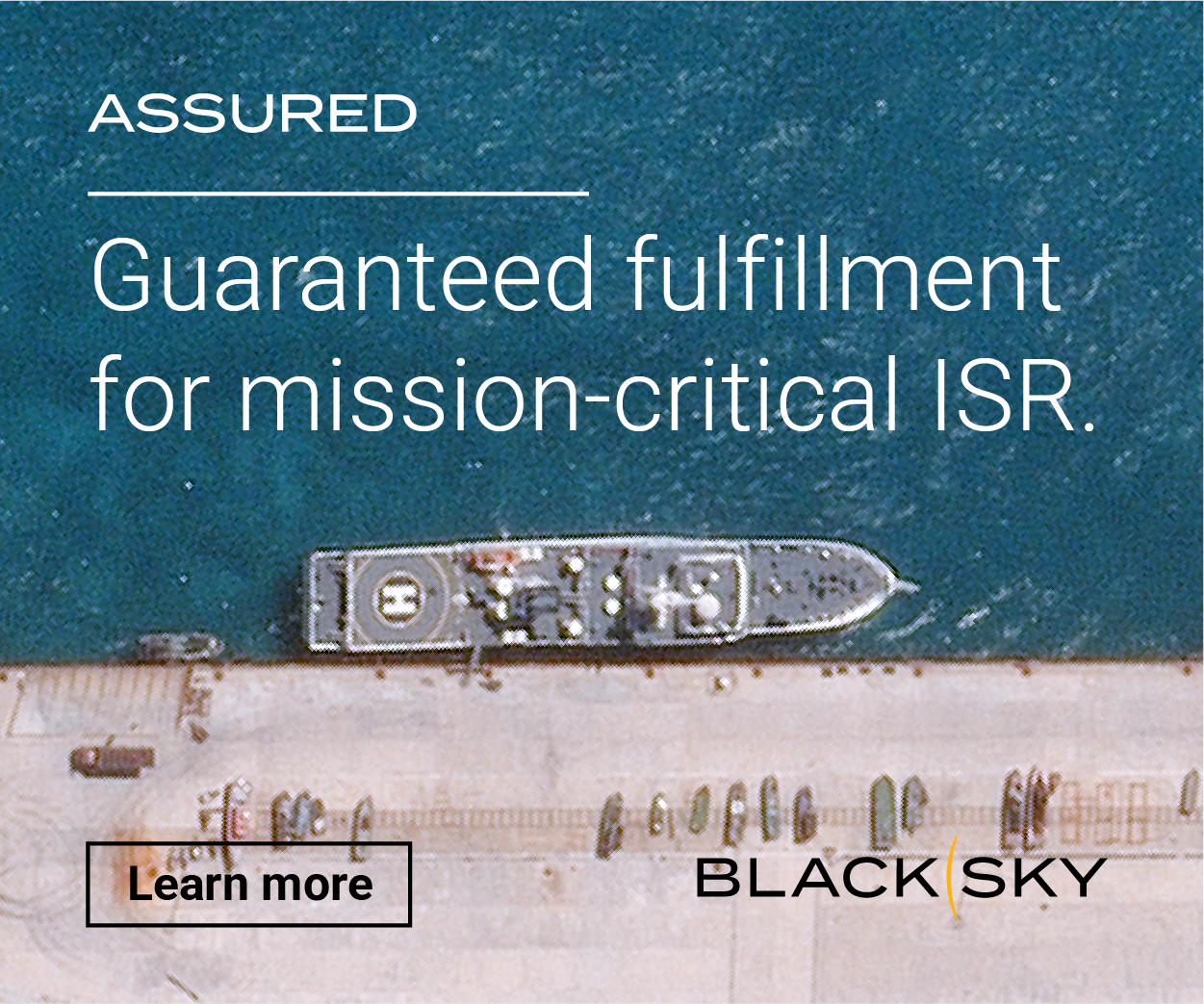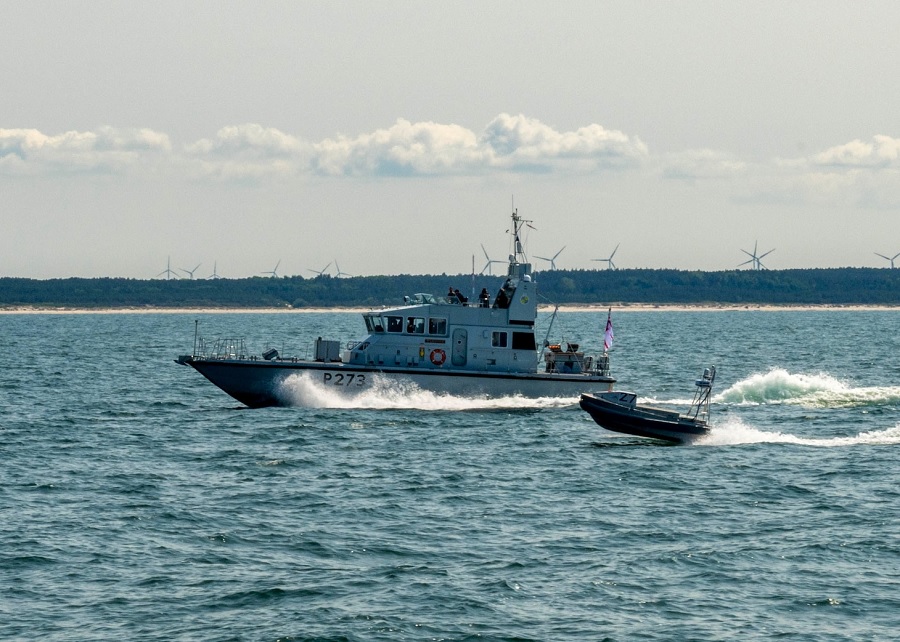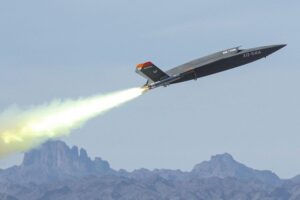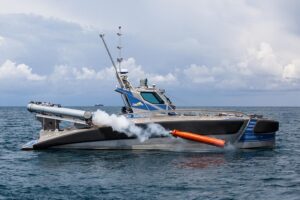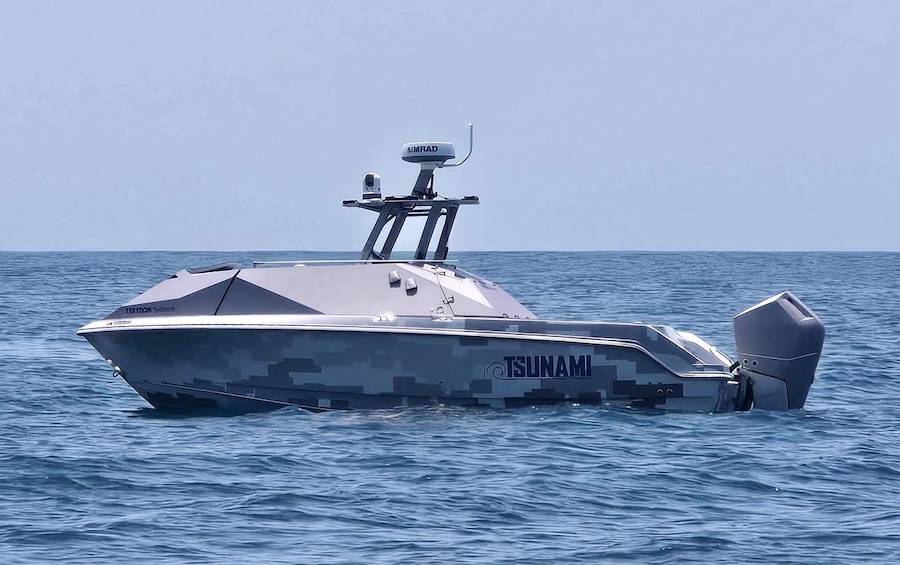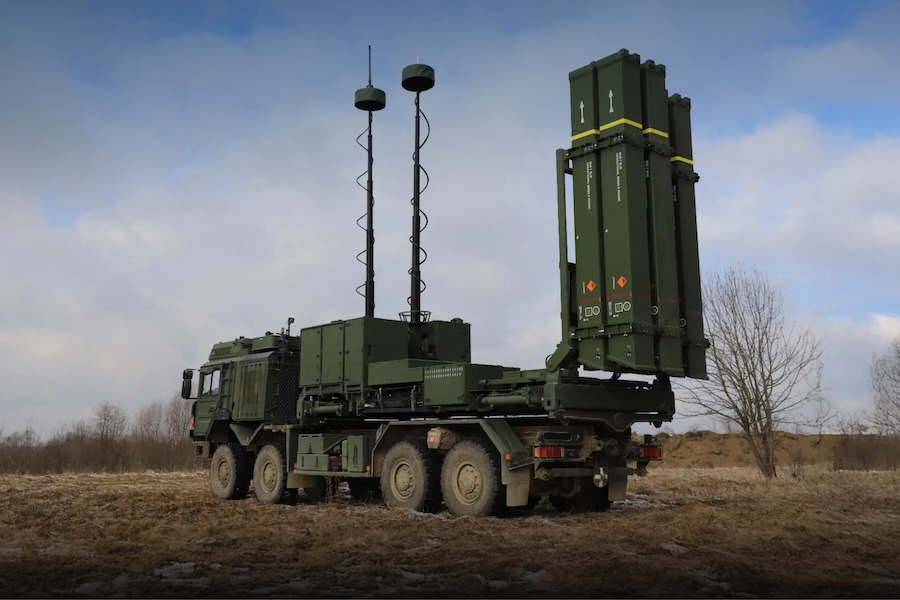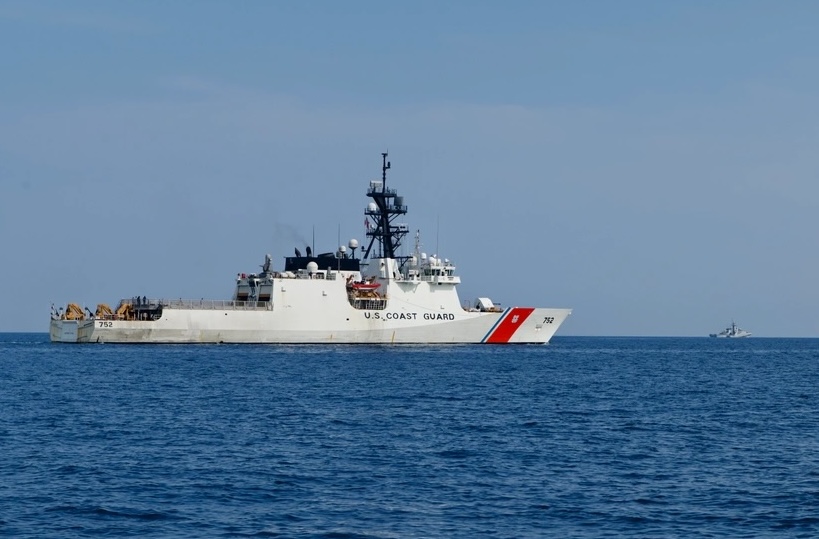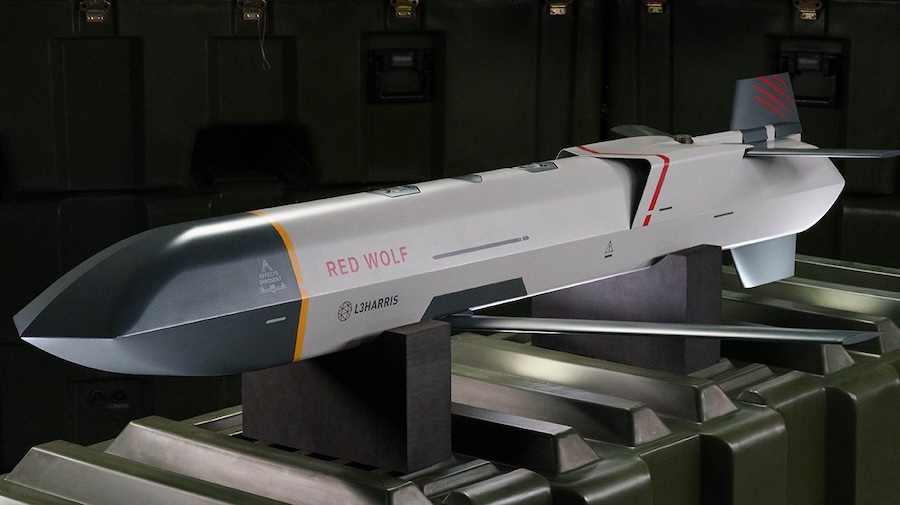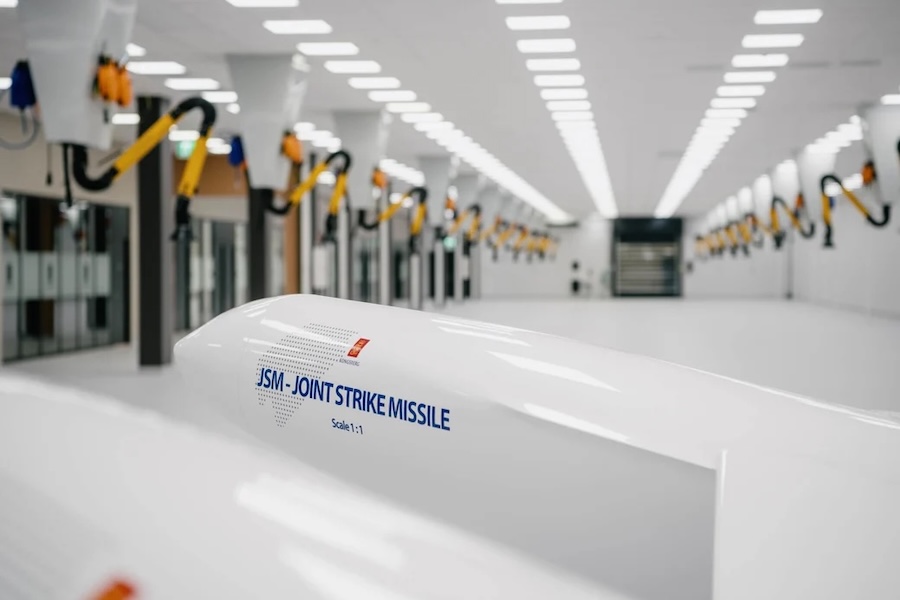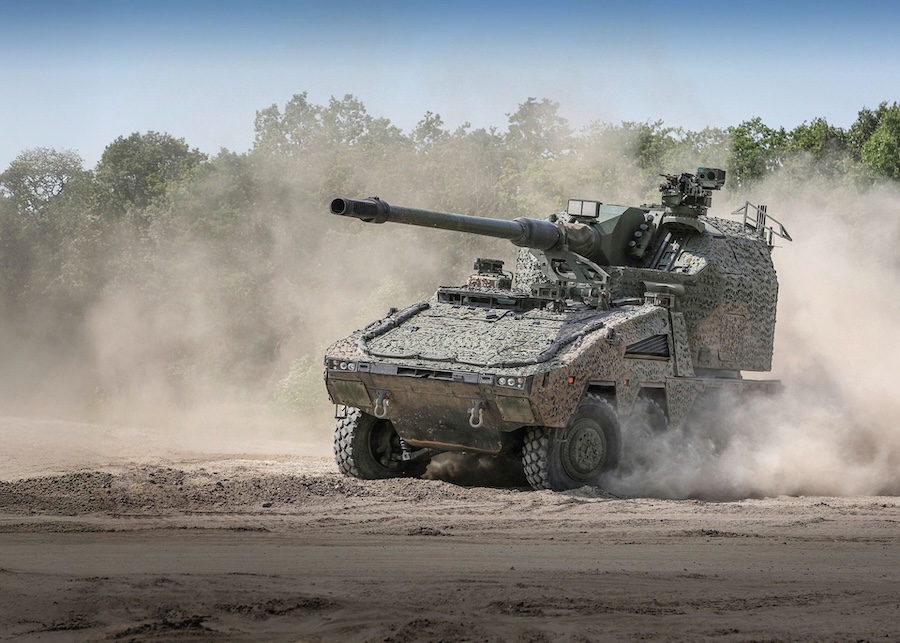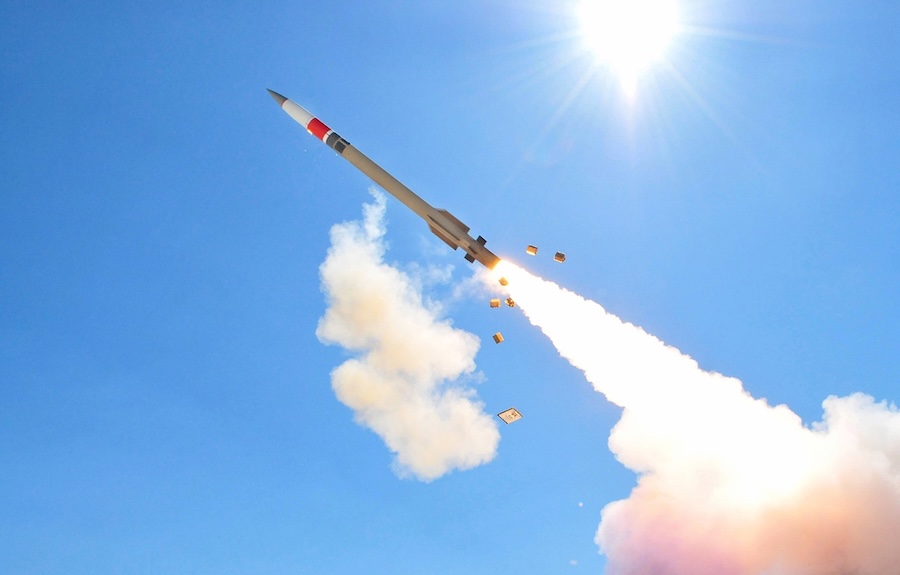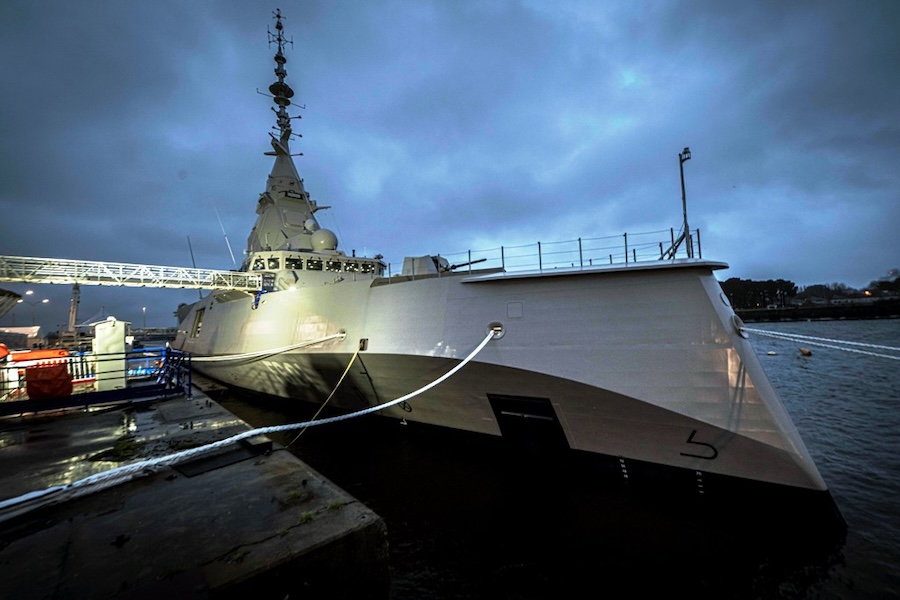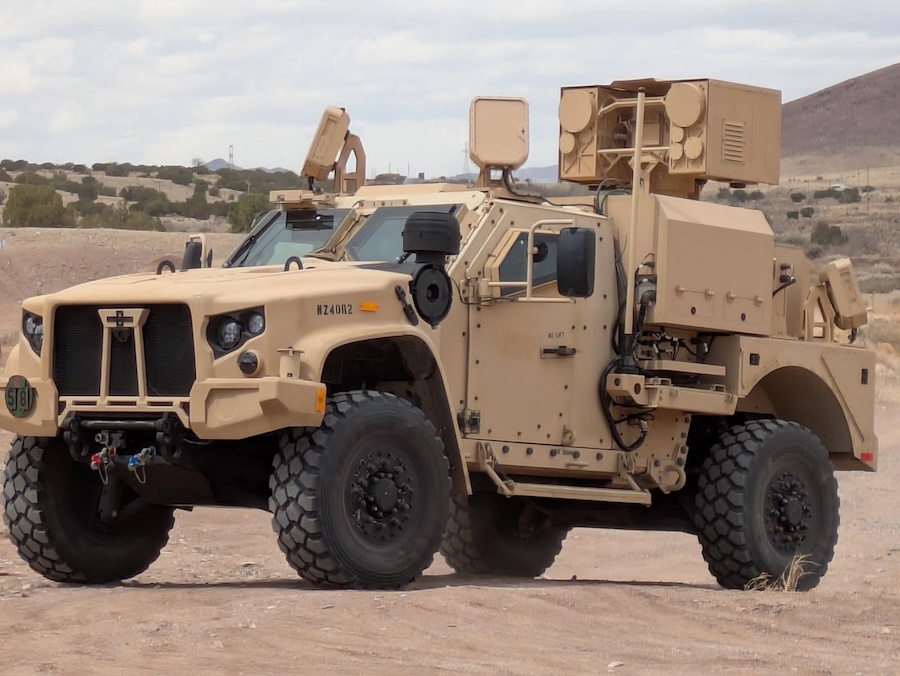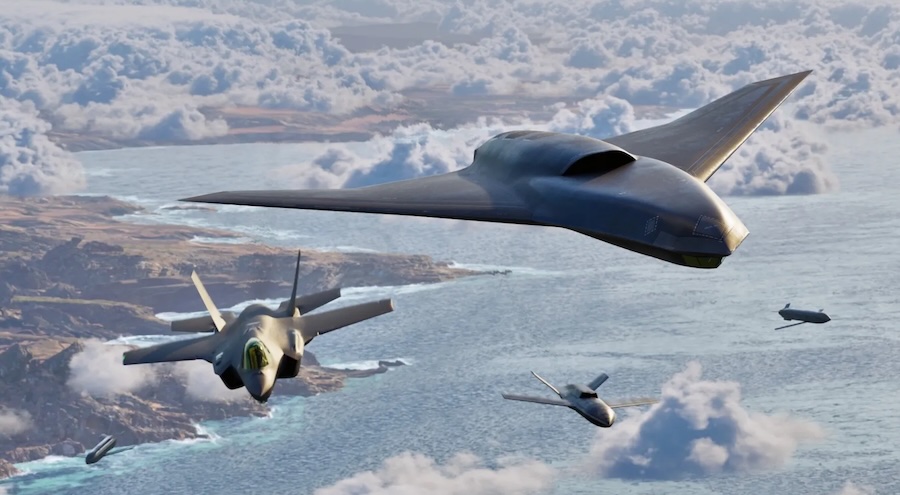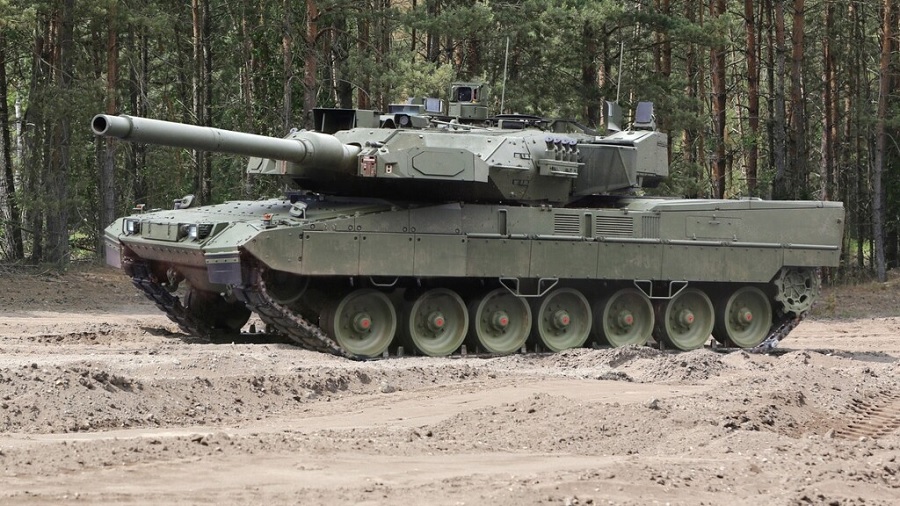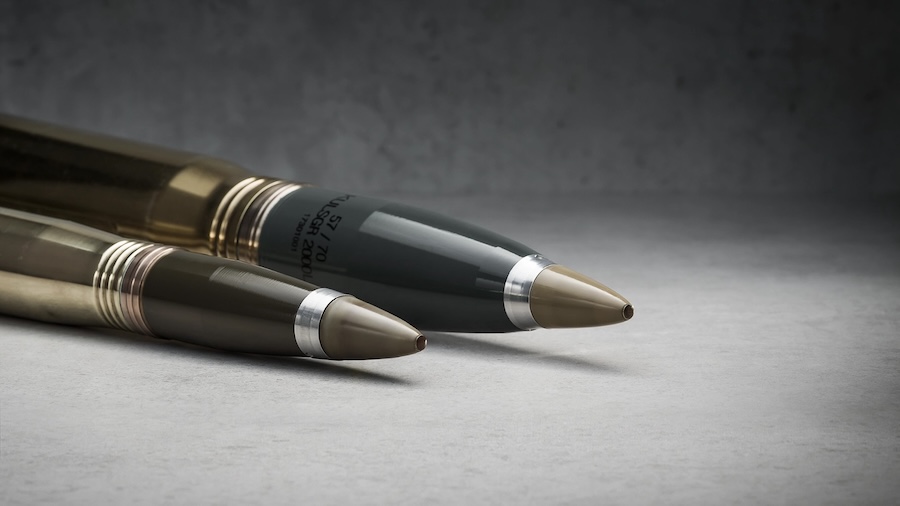Rear Admiral Michael Mattis, Commander of Task Force 66, said: “Task Force 66 operates through strong collaboration with U.S. Navy programs, NATO Allies, and partner nations, fostering the development and integration of cutting-edge robotic and autonomous systems.” He added, “By leveraging our collective expertise and technology, we aim to demonstrate strength and bolster maritime security not just here in the Baltic Sea, but in other maritime environments, to include the shores near the U.S. and in the Pacific Ocean.”
During BALTOPS 25, the task force employed unmanned surface vessels to simulate fast attack craft engagements with both USS Mount Whitney and USS Paul Ignatius. These simulations helped improve tactics, techniques, and procedures for countering unmanned threats in coordination with NATO forces.
“The thing is, ‘unmanned’ isn’t completely unmanned,” said Lieutenant Jay Faylo, CTF 66’s unmanned systems director. “There’s a lot of manpower that goes into making these systems work – maintaining the platforms, developing the software, and providing the right amount of oversight and direction during operations.”
CTF 66 is also training to enhance MDA in the Baltic Sea to address grey zone activities. In collaboration with NATO’s Task Force X, the unit is leveraging RAS and commercial space-based sensors to support tracking and targeting for maritime interdictions and joint fires.
“CTF 66’s success hinges on strong collaboration with our partners to share tactics, operate together, and develop lessons learned,” added Faylo. “During this exercise, we are operating with the U.S. Marine Corps, Polish Special Operations Forces and the United Kingdom’s Royal Navy to develop procedures for resupplying land-based forces with our unmanned surface vessels, just to give one example.”
The task force also draws on its operational insights from the Black Sea, where it has closely observed Ukraine’s use of RAS to protect sea lanes and counter Russian naval activity. This experience, developed in what is informally referred to as the “Black Sea Battle Lab”, informs CTF 66’s broader approach to adapting to modern maritime conflict.
“The opportunity to closely observe the cycle of action-reaction-counteraction in the Black Sea is a unique advantage that allows CTF 66 to learn from real world conflict and adapt to the changing character of war,” said Mattis. “In order to keep up with these changes, we must seek out creative solutions to rapidly field and develop new technology, with a focus on software and low-cost platforms, to inform our approach to future maritime security operations.”
